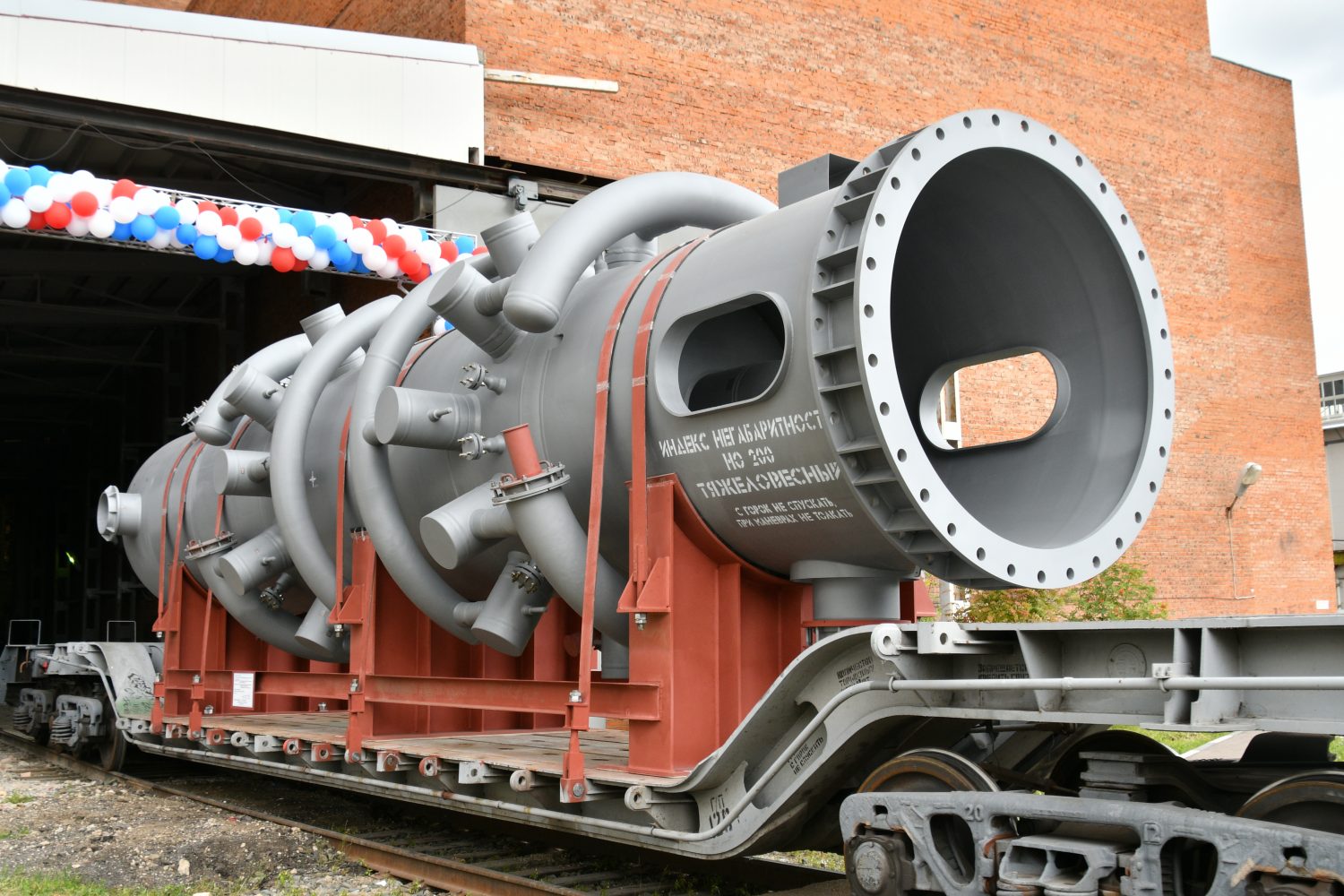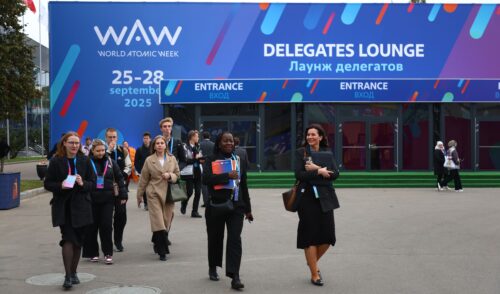
Ambitions for Gas Projects
back to contentsThe agreement between AEM and NOVATEK is premised on achievements in the production of coil heat exchangers and medium capacity cryopumps. It sets out obligations of the parties to develop, manufacture and test high capacity cryogenic pumps. The document confirms the parties’ intention to develop domestic production of pumps, heat exchangers and other equipment for NOVATEK’s LNG projects.
The first cooperation agreement between NOVATEK and AEM was signed two years ago when LNG equipment was an absolutely new area for the company. Today, AEM is deeply involved in LNG projects. “Core equipment units at an LNG plant are coil heat exchangers that cool and liquefy gas. We have made a number of pilot contracts for the supply of almost the entire range of key units for the fourth production line at Yamal LNG’s medium capacity plant. These are coil heat exchangers, pumps, and new steel grades,” Andrey Nikipelov, CEO of AEM said.
The company also signed an agreement with Cryostar (France), a subsidiary of Linde, to set up production of turbo expanders and high performance LNG pumps in Russia. “Our products are made of new steel grades developed at the Central Research Institute for Machine Building Technology. AEM’s subsidiary Atommash was certified as a manufacturer and a potential supplier of high capacity heat exchangers,” Andrey Nikipelov explained. Another AEM’s subsidiary OKBM Afrikantov contracted Saint Petersburg-based Research and Development Institute for Electrical and Physical Equipment to develop the first Russian test bench for cryogenic equipment to be used at LPG plants. AEM plans to expand the range of domestically manufactured machinery for large-capacity LNG plants, LNG-powered icebreakers and LNG carriers.
The ethane evaporator made at ZiO-Podolsk will be installed at the LNG plant in Sabetta, a Russian town beyond the Arctic Circle.
 The plant will have a capacity of one million tons of LNG per annum and will use Arctic Cascade, the first Russian technology for medium capacity LNG production. The technology will be first used at the fourth production line at NOVATEK’s operating Yamal LNG plant. The first three production lines with a capacity of 16.5 million tons were constructed under a foreign license. After the new line is commissioned and production at the other three is optimized, the total annual capacity of the Yamal LNG Project will increase from the current 16.5 million to 18.5 million tons.
The plant will have a capacity of one million tons of LNG per annum and will use Arctic Cascade, the first Russian technology for medium capacity LNG production. The technology will be first used at the fourth production line at NOVATEK’s operating Yamal LNG plant. The first three production lines with a capacity of 16.5 million tons were constructed under a foreign license. After the new line is commissioned and production at the other three is optimized, the total annual capacity of the Yamal LNG Project will increase from the current 16.5 million to 18.5 million tons.
The total set of equipment to be produced by the company for Yamal LNG will include six units, five ethane evaporators and a flash evaporation tank. The ethane evaporator is a 15-meter high and 2.6-meter wide cylinder weighing 61 to 86 metric tons. Inside there are 3,800 heat exchanging tubes with a total length of 70 kilometers. The evaporators operating at temperatures below -170C are directly involved in the natural gas liquefying process. The design and engineering documents will be developed at ZiO-Podolsk.
In August 2018, the Russian Government approved a roadmap setting up domestic production of critical equipment for low- and medium-capacity LNG plants and LNG carriers. The roadmap covers a time period until the mid-2020s. The document provides for establishing a domestic production of the entire range of core LNG equipment, constructing test sites, drafting industry standards and regulations, and developing domestic technology for medium-capacity (less than 1 million tons per annum) and high-capacity (more than 1 million tons per annum) LNG plants. The new equipment will be used at three production lines of the Arctic LNG II project to be launched in 2023–2025.
According to forecasts, the LNG market will grow. “Its current share in global gas exports is around 40%, with 60% of gas supplied via pipelines. Many analysts from large reputable agencies believe, though, that LNG will soon play a leading role. Global LNG demand will increase by 17% to reach 384 million tons by 2020 and continue adding 4% every 12 months until 2030. By 2040, the share of LNG in the gas market will reach 60%, leaving only 40% to pipe gas,” Andrey Nikipelov said.
Transportation of LNG from Yamal LNG and Arctic LNG II will account for a considerable portion of freight traffic on the Northern Sea Route (where Rosatom is now an infrastructure operator). Speaking at the International Arctic Forum held in April 2019, Rosatom’s Director General Alexey Likhachev said that freight traffic on the Northern Sea Route would reach 92.6 million tons by 2024, including 41 million tons of gas from Yamal LNG and Arctic LNG II.




